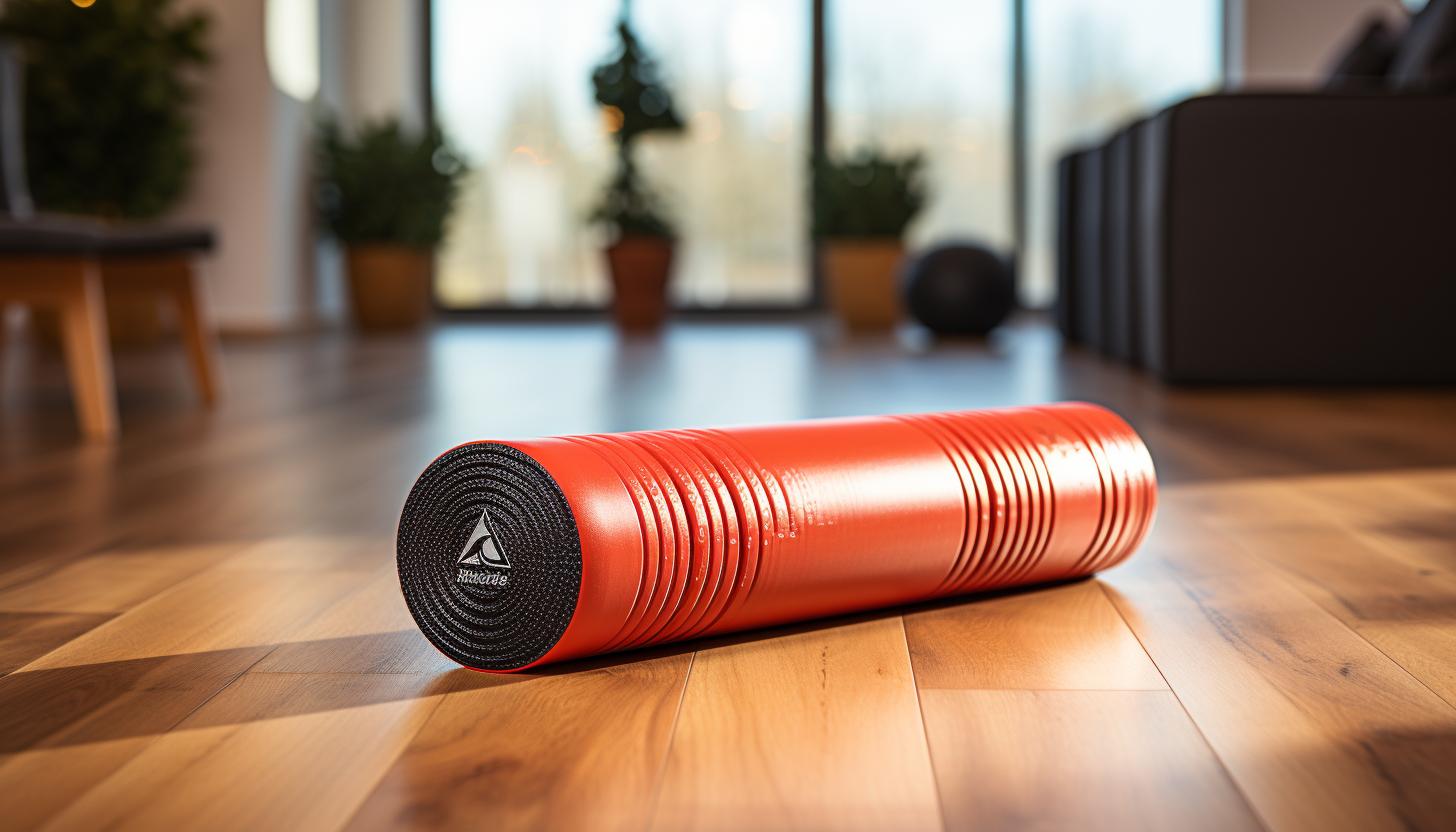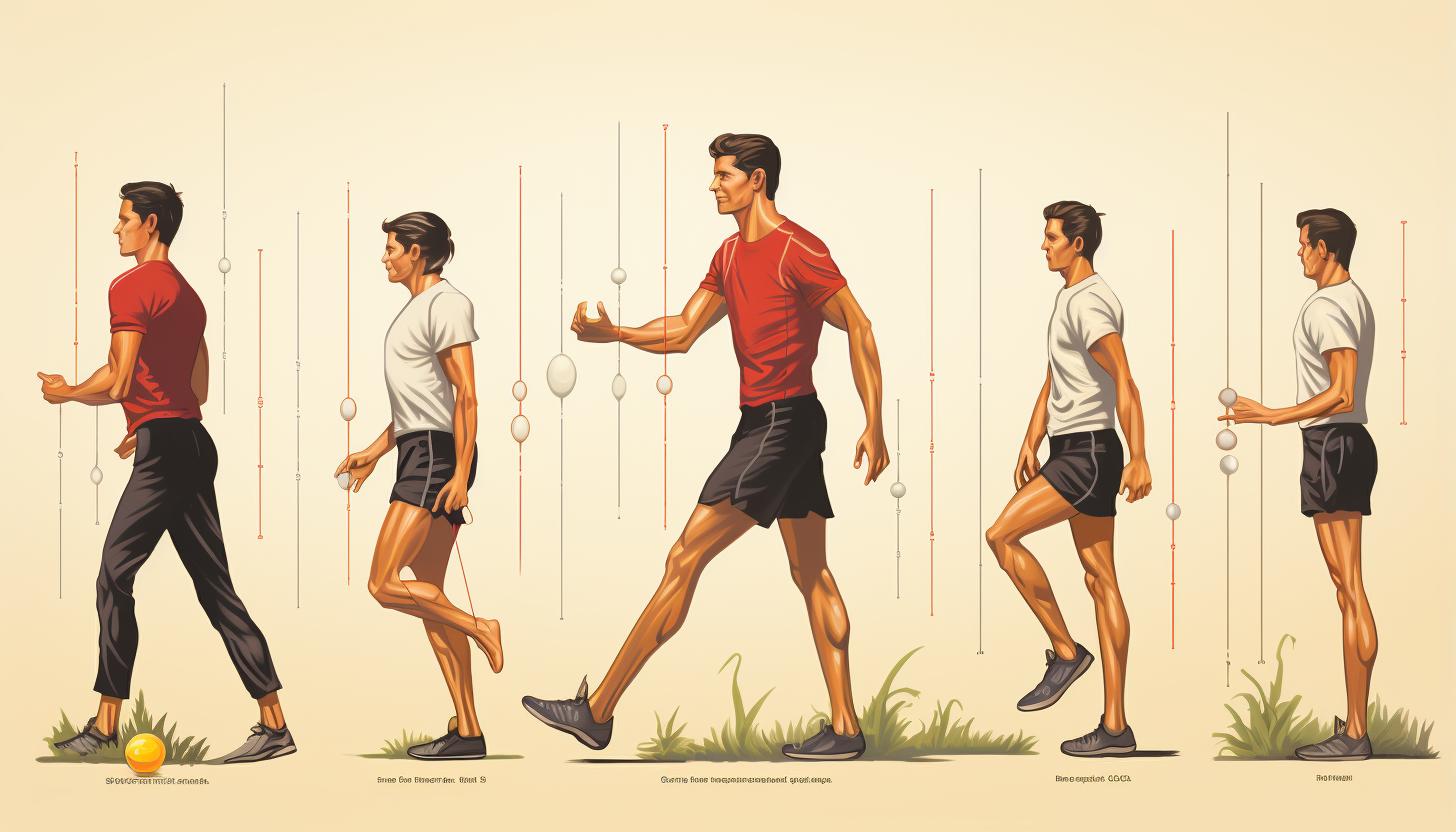Exercises for Recovering From Shin Splints: a Step-By-Step Guide

Are you tired of dealing with the pain and frustration of shin splints? Well, guess what? You’re in luck! In this step-by-step guide, we’ll show you a series of exercises specifically designed to help you recover from shin splints.
Say goodbye to the discomfort and hello to a stronger, healthier lower leg. With proper warm-up exercises, strengthening routines, and gradual return to running, you’ll be back on your feet and ready to conquer any activity in no time.
So let’s dive right in and get started!
Understanding Shin Splints

You’ll want to understand what shin splints are and how they occur before you start any exercises.
Shin splints, also known as medial tibial stress syndrome, refer to pain along the shinbone (tibia). They are commonly caused by repetitive stress on the muscles and tendons surrounding the shinbone. This can be due to activities such as running, jumping, or dancing.
There are several risk factors that can increase your chances of developing shin splints. Overpronation, which is when your feet roll inward excessively while walking or running, can put added strain on the muscles and tendons in your lower legs. Having flat feet or high arches may also contribute to this condition. Additionally, sudden increases in activity level or intensity without proper conditioning can lead to shin splints.
When it comes to treating shin splints, there are various options available. Resting and avoiding activities that exacerbate the pain is essential for allowing the injured tissues to heal. Applying ice packs and taking over-the-counter pain relievers can help reduce inflammation and manage discomfort. Physical therapy may be recommended to strengthen the muscles around the shins and improve flexibility.
Proper Warm-Up Exercises

Start off your workout routine by incorporating these warm-up exercises to prevent future shin splints. A proper warm-up is crucial for preparing your body for physical activity, increasing blood flow to the muscles, and reducing the risk of injury. Dynamic warm-up exercises are especially beneficial as they involve active movements that mimic the activities you will be performing during your workout.
To help you get started, here are some dynamic warm-up exercises that target key muscle groups involved in running and lower body workouts:
| Exercise | Muscle Group Targeted |
|---|---|
| High Knees | Quadriceps |
| Butt Kicks | Hamstrings |
| Leg Swings | Hip Flexors |
| Ankle Circles | Calves |
By incorporating these exercises into your warm-up routine, you can improve flexibility, enhance joint mobility, and activate the muscles needed for optimal performance. However, it’s important to avoid common mistakes during warm-ups such as rushing through the exercises or not properly stretching before starting. Take your time and focus on good form to maximize the benefits of your warm-up.
Strengthening Exercises for Shin Splints

To prevent further discomfort, it’s important to incorporate strengthening exercises into your routine that target the muscles surrounding the shin area. By doing so, you can help rehabilitate your shin splints and prevent future occurrences. Here are some rehabilitation techniques and prevention strategies to consider:
– Calf raises: Stand with your feet hip-width apart and slowly lift yourself onto your tiptoes. Hold for a few seconds before lowering back down. Repeat this exercise 10-15 times.
– Toe taps: Sit on a chair with your feet flat on the ground. Lift your toes up towards the ceiling while keeping your heels planted firmly on the ground. Repeat this motion for 10-15 seconds.
– Ankle circles: Sit on a chair or lie down on your back. Lift one leg off the ground and rotate your ankle in circular motions. Do this for about 10 rotations in each direction before switching legs.
– Resistance band exercises: Wrap a resistance band around both of your feet and sit with your legs extended out in front of you. Flex and point your toes against the resistance of the band.
Incorporating these strengthening exercises into your routine will not only aid in recovering from shin splints but also improve overall lower leg strength and stability.
Now, let’s move on to stretching and flexibility routines to further support recovery efforts.
Stretching and Flexibility Routines

Now that we’ve covered the strengthening exercises, let’s focus on incorporating stretching and flexibility routines into your recovery plan. Stretching and flexibility exercises are essential for preventing muscle tightness and improving range of motion in the lower leg. Two effective techniques to consider are foam rolling and dynamic stretching.
Foam rolling involves using a cylindrical foam roller to apply pressure to different areas of your legs. This self-massage technique helps release muscle tension, increase blood flow, and break up any adhesions or knots that may be present. By regularly incorporating foam rolling into your routine, you can help alleviate shin splint symptoms and prevent future injuries.
Dynamic stretching exercises involve moving your muscles through a full range of motion while actively stretching them. These exercises not only improve flexibility but also help warm up the muscles before physical activity. Examples of dynamic stretches for shin splints include walking lunges, high knee marches, and ankle circles.
To further illustrate the benefits of these techniques, here is a table comparing foam rolling and dynamic stretching:
| Feature | Foam Rolling | Dynamic Stretching |
|---|---|---|
| Purpose | Self-myofascial release (SMR) to improve muscle flexibility, reduce muscle soreness, and enhance recovery | Warm-up exercise to prepare the muscles for activity and improve range of motion |
| Technique | Applying pressure to muscles using a foam roller or similar tool | Performing controlled movements that gradually increase the range of motion of the target muscles |
| Benefits | May improve muscle flexibility, reduce muscle soreness, and enhance recovery | May improve range of motion, reduce muscle stiffness, and prepare the muscles for activity |
| Timing | Before or after exercise | Before exercise |
| Duration | 5-10 minutes per muscle group | 5-10 minutes per muscle group |
| Intensity | Gentle to moderate pressure | Controlled and gradual movements |
| Precautions | Avoid rolling over tender or injured areas | Avoid overstretching or bouncing |
| Best for | Individuals with tight muscles, muscle soreness, or delayed onset muscle soreness (DOMS) | Individuals engaged in sports or activities that require flexibility and range of motion |
Gradual Return to Running and Impact Activities

As you gradually return to running and impact activities, it is important to listen to your body and pay attention to any signs of discomfort or pain. Your body needs time to recover from shin splints, so take it slow and don’t push too hard too soon.
Here are some tips for a smooth transition back into high intensity workouts while preventing shin splints in the future:
– Start with low-impact exercises: Begin by incorporating low-impact activities like swimming, cycling, or elliptical training into your routine. These exercises will help maintain cardiovascular fitness without putting excessive stress on your shins.
– Gradually increase intensity: Once you feel comfortable with low-impact exercises, slowly introduce higher impact activities such as jogging or jumping rope. Increase the duration and intensity gradually over time to allow your shins to adapt and strengthen.
– Wear proper footwear: Invest in good-quality running shoes that provide adequate cushioning and support for your feet. Ill-fitting or worn-out shoes can contribute to shin splints.
– Cross-train and strengthen muscles: Incorporate strength training exercises into your routine to improve muscle strength and stability around the shins. Focus on strengthening the calves, ankles, and hips.
Conclusion
Congratulations! You’ve made it through the step-by-step guide on recovering from shin splints.
By following these exercises and routines, you’re well on your way to getting back into running and impact activities pain-free.
Remember to take it slow and listen to your body as you gradually increase your activity level.
Before you know it, those shin splints will be a thing of the past, allowing you to enjoy the thrill of exercise without any discomfort.
Stay committed and keep pushing forward – success is just around the corner!






